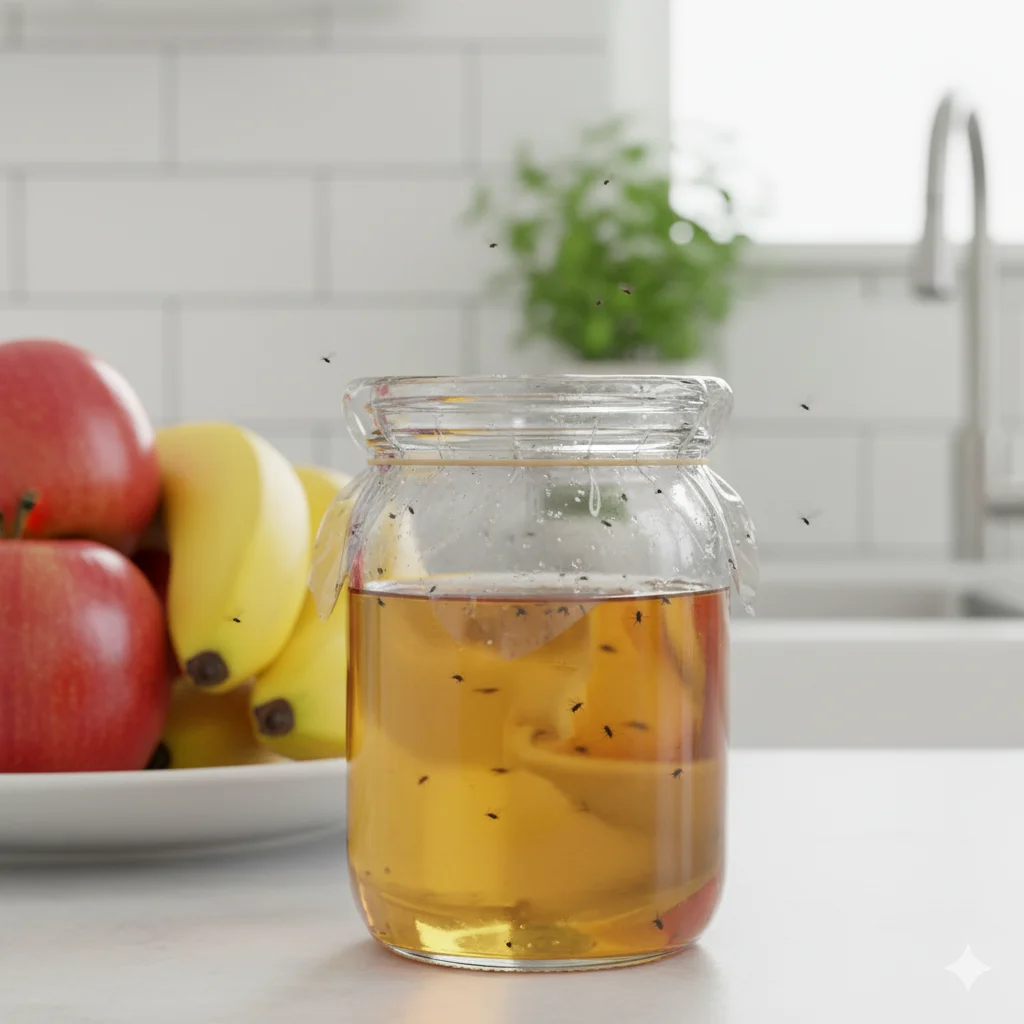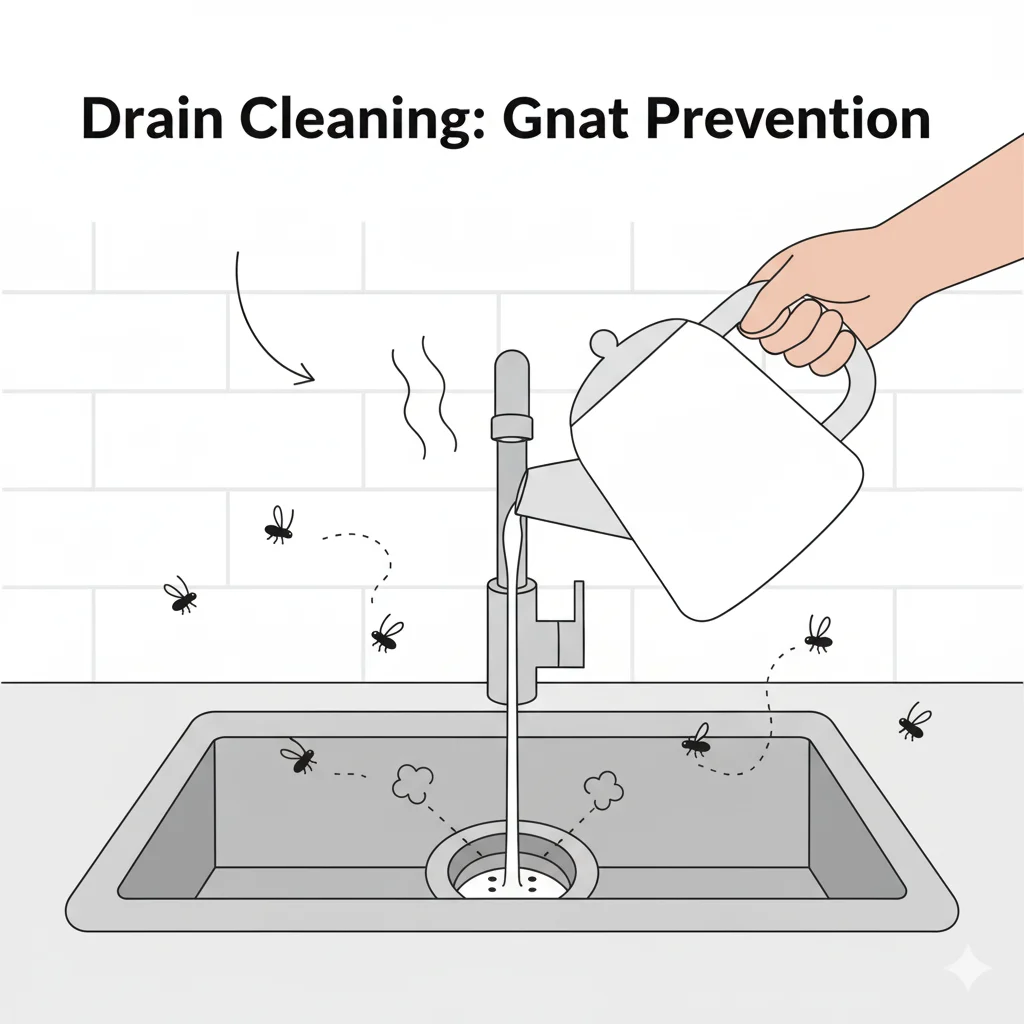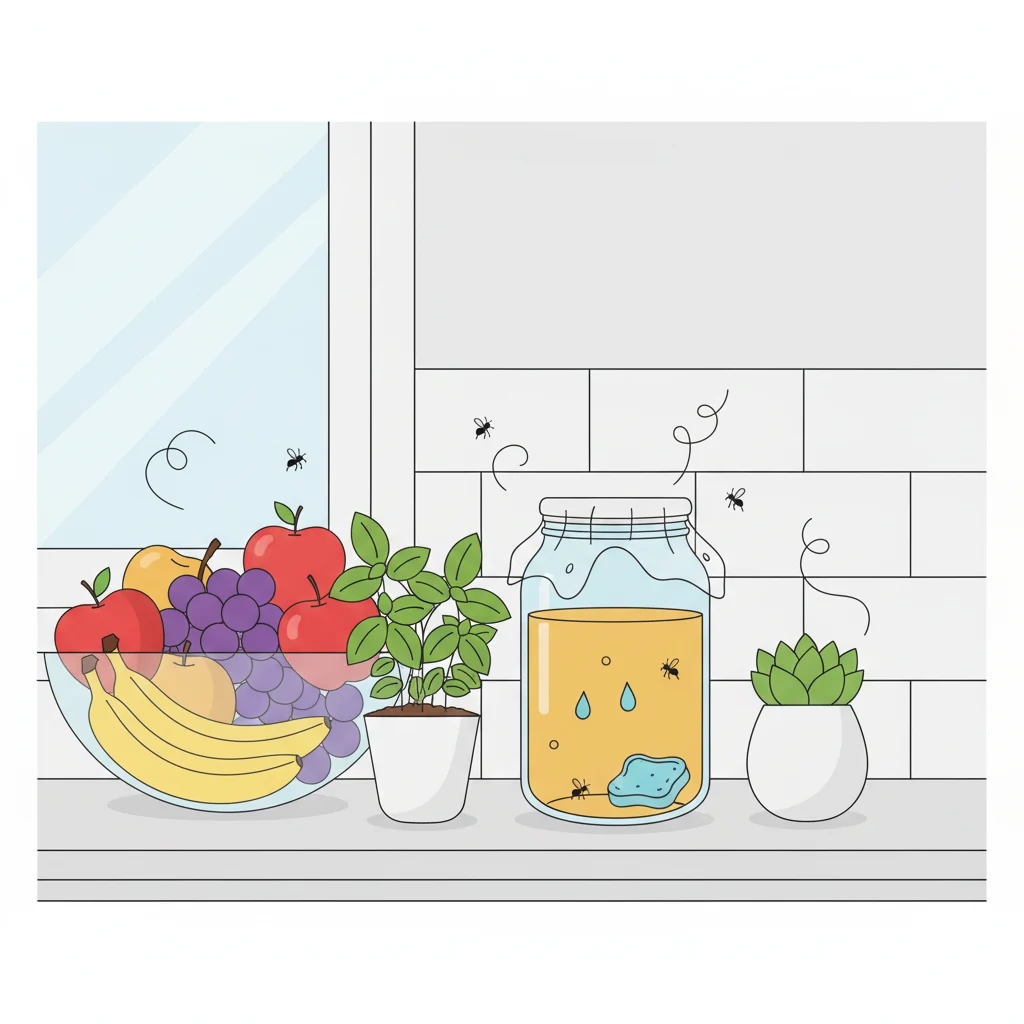Gnats are tiny flying insects that can quickly become a household nuisance. Though harmless to humans, their persistent buzzing, swarming, and attraction to food or plants can be extremely irritating. Knowing how to get rid of gnats effectively helps maintain a clean, comfortable home and prevents future infestations.
This comprehensive guide covers all types of gnats, causes, prevention tips, natural and chemical solutions, and expert troubleshooting techniques. Whether dealing with fungus gnats, fruit flies, or drain gnats, you’ll find step-by-step instructions and practical advice to reclaim your living space.
Understanding Gnats: Types and Behavior
Gnats are small flies belonging to the Diptera order. They thrive in moisture-rich environments and reproduce rapidly. Common types include:
- Fungus Gnats: Often found near indoor plants. Their larvae feed on fungi in soil.
- Fruit Flies: Attracted to overripe or decaying fruits and vegetables.
- Drain Gnats: Breed in moist plumbing areas such as kitchen sinks, showers, or drains.
- Eye Gnats: Usually outdoor pests, attracted to eyes and sweat.
Mini Example:
Jenny noticed tiny flying insects around her kitchen plants. Upon inspection, she discovered fungus gnats breeding in the moist soil of her potted herbs.
Identifying the gnat type is critical for choosing the right treatment.
Why Gnats Infest Homes
Gnats are drawn indoors for multiple reasons:
- Overripe Produce: Fruits and vegetables left out attract fruit flies.
- Moist Soil: Fungus gnats thrive in waterlogged houseplants.
- Standing Water: Kitchen sinks, drains, or pet bowls provide breeding grounds.
- Trash & Compost: Rotting food or unclean bins harbor gnats.
- Sugary Residue: Soda cans, juice spills, and sticky surfaces attract them.
Pro Tip: Before attempting removal, locate the source of the infestation. Eliminating the breeding ground is half the battle.
Step-by-Step Methods to Get Rid of Gnats
Here are practical, proven methods to eliminate gnats effectively.
1. Remove Food and Moisture Sources
- Inspect all kitchen counters, cupboards, and trash bins.
- Dispose of rotting fruits, vegetables, or other organic matter.
- Clean trash cans thoroughly with soap and water.
- Wipe up any sticky residues from counters or spills.
Mini Example:
Mark noticed gnats around his fruit bowl. Removing the overripe peaches and cleaning the area reduced the swarm within 24 hours.
2. Dry Out Soil and Plants
Fungus gnats breed in wet soil. Follow these tips:

- Let the top layer of soil dry between waterings.
- Avoid overwatering indoor plants.
- Add sand or gravel on top of soil to prevent adult gnats from laying eggs.
Pro Tip: Rotate plants outdoors occasionally if possible. This reduces indoor humidity and breaks the gnat breeding cycle.
3. Use DIY Natural Traps
Apple Cider Vinegar Trap

- Fill a small bowl with apple cider vinegar.
- Add 2–3 drops of dish soap.
- Cover loosely with plastic wrap and poke small holes.
- Gnats are attracted and trapped.
Red Wine or Beer Trap
- Pour a small amount into a cup.
- Add a drop of dish soap.
- Place near infested areas; replace every 2–3 days.
Mini Example:
Emma set a vinegar trap near her indoor herbs. Within two days, dozens of gnats were caught.
4. Spray Natural Solutions
- Neem Oil: Effective against fungus gnats in soil.
- Essential Oils: Peppermint, eucalyptus, or lavender repel adult gnats.
- Soap and Water Spray: Mix mild dish soap with water; spray on affected plants or surfaces.
Pro Tip: Always test sprays on a small part of plants first to ensure safety.
5. Sticky Traps for Adult Gnats
- Yellow sticky traps attract and capture adult gnats.
- Place near fruit bowls, plants, or trash bins.
- They are non-toxic and safe for children and pets.
Mini Example:
Tom set sticky traps around his kitchen plants and sink. The gnat population dropped drastically within a week.
6. Clean Drains and Plumbing
Drain gnats breed in moist, decaying organic matter inside plumbing systems:

- Pour a mixture of baking soda and vinegar into the drain.
- Let it sit for 10–15 minutes.
- Flush with boiling water.
Repeat weekly to prevent recurrence.
Mini Example:
Rachel had gnats swarming near her kitchen sink. After cleaning the drain thoroughly with baking soda and vinegar, the gnats disappeared within days.
7. Preventive Measures for a Gnat-Free Home
- Store fruits in the fridge.
- Empty trash bins daily and clean them regularly.
- Avoid overwatering plants; use well-draining soil.
- Fix leaking faucets or drains promptly.
- Install window screens to keep outdoor gnats out.
Pro Tip: Prevention is far more effective than treatment. Regular maintenance reduces future infestations.
Common Mistakes to Avoid
- Ignoring Moisture Sources: Fungus gnats continue breeding if soil stays wet.
- Overusing Chemicals: Excessive insecticides can harm pets and plants.
- Neglecting Rotting Produce: Fruit flies return quickly if old food remains.
- Ignoring Drains: Drain gnats thrive in unclean plumbing.
When to Call a Professional
If gnats persist despite all DIY efforts, it may indicate a larger infestation. A licensed pest control professional can:
- Accurately identify gnat species.
- Locate hidden breeding grounds.
- Apply safe, targeted insecticides.
FAQs About Getting Rid of Gnats
Q1: Are gnats harmful to humans?
A: Most gnats are harmless, but they can spread bacteria from decaying organic matter.
Q2: Can gnats infest indoor plants?
A: Yes, especially fungus gnats that breed in moist soil and damage plant roots.
Q3: How fast do gnats reproduce?
A: Fruit flies can reproduce every 8–10 days; fungus gnats may reproduce weekly under ideal conditions.
Q4: Are sticky traps effective?
A: Yes, they catch adults but do not eliminate larvae. Combine with soil and moisture management.
Q5: Are natural sprays safe for pets?
A: Essential oils like peppermint, neem, and eucalyptus are generally safe when diluted. Always check for toxicity to specific animals.
Q6: How long does it take to get rid of gnats?
A: With consistent measures, gnats can be eliminated in 1–2 weeks.
Q7: Do gnats return after removal?
A: If food or moisture sources remain, gnats can return. Prevention is key.
Final Thoughts
Getting rid of gnats requires a combined approach:
- Remove breeding sources.
- Use traps and natural sprays.
- Keep plants and drains clean.
- Maintain preventive measures.
With consistency, your home can remain gnat-free. Remember, prevention is as important as treatment, and a small effort today saves you from a larger problem tomorrow.




